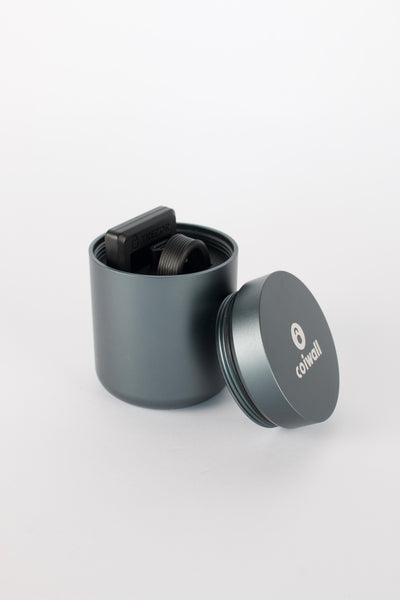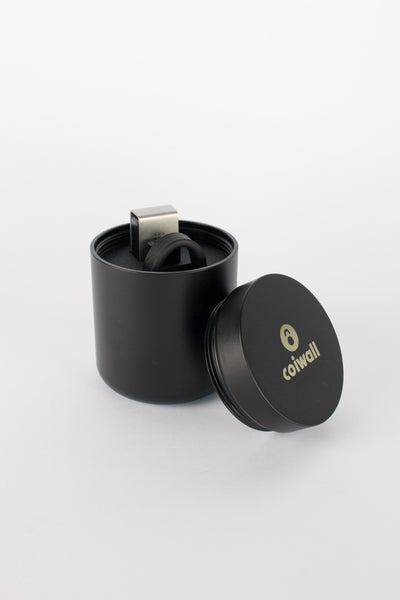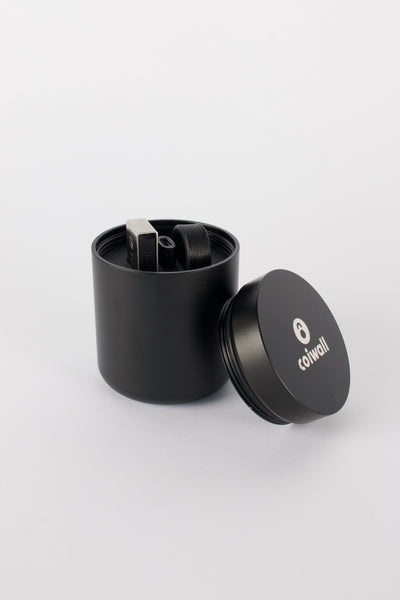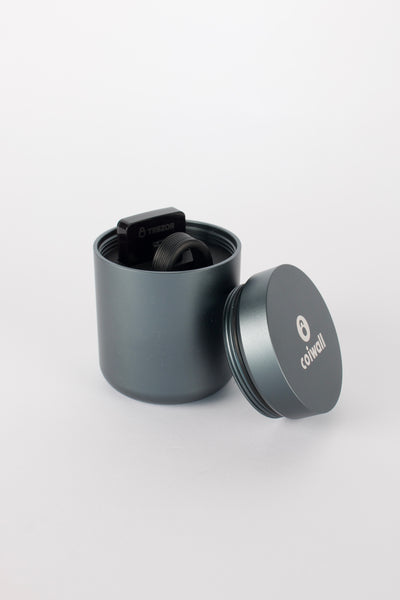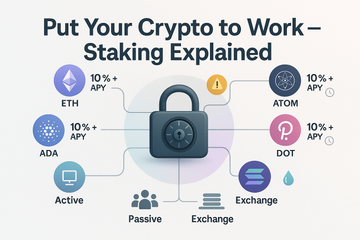So, you’ve heard the word “staking” thrown around in the crypto universe and you’re curious, right? Maybe you keep seeing friends talk about their ATOM or DOT rewards stacking up, or perhaps you’ve noticed your exchange displaying glossy “Stake Now” buttons. Honestly, it’s everywhere lately—yet staking is surprisingly misunderstood, even by the people cashing in those rewards every month. Let’s untangle this whole thing together, turning the technical weeds into something you can actually use.
What's All This Fuss About Staking?
Think of staking as a way to put your crypto coins to work—almost like putting money in a high-yield savings account, except your funds help keep a blockchain running. In basic terms, staking means locking up your cryptocurrency so the network can use it to validate transactions. Do it right, and you’ll earn rewards, paid out in the same coin. Everyone wants a piece of that “free” crypto, but there’s a little more to it than just clicking a button and watching your wallet grow.
Back in the early Bitcoin days, you needed fancy hardware for mining, but staking is the cool, energy-efficient cousin. Proof-of-stake (PoS) blockchains—like Ethereum after its big shift, plus Cosmos, Solana, Avalanche, and more—use your staked coins to decide who gets to add the next block, all without burning electricity like old-school miners. If you’re the lucky validator (picked kind of like a raffle), the network hands you a reward. Pretty neat.
Active Staking, Passive Staking, and That Soup in Between
You might imagine that staking is just…staking. But like everything else in crypto, it comes with a buffet of choices. Here’s how the table looks:
- Active Staking – This is hands-on: you run a validating node, keep software up to date, mind your security, and cross your fingers you never mess up (because otherwise, hello, “slashing” penalties!). You’ll hear people talk about hardware wallets like Ledger or Trezor to keep those validator keys under lock and key. Not for the faint-hearted, but the rewards can be juicier.
- Passive Staking – Most folks slide into passive staking. Here, you delegate your coins to someone else’s validator, often through a staking pool or centralized exchange. You still earn a slice of the action but skip the geeky headache. Watch for fees, though—they can eat into those tasty yields.
- Exchange or Custodial Staking – This is like trusting your coins with platforms such as eToro, Luno, or Coinbase, who stake them on your behalf. It's easy and user-friendly, but make sure you trust the platform, because if they mess up, your coins are at risk.
- Liquid Staking – The new kid on the block. This method gives you “liquid tokens” representing your staked crypto, so you can keep earning while trading or using your coins elsewhere. Flexibility with benefits, though there’s always some new risk to watch for.
Why Staking’s So Hot (Even When the Market’s Cold)
Now and then, crypto markets go on a rollercoaster worthy of a theme park. But you know what? Staking keeps chugging along, even when prices drop. Why? Because it turns those idle coins into a stream of income—think of it like getting rent for letting someone borrow your house, except they’re using your coins to help run a giant global spreadsheet.
That’s why folks like Trump (yes, that Trump) have looked into staking their Ethereum as a way to ride out stormy markets. While wild swings spook traders, stakers are busy earning with every block produced. Not a bad way to put your assets on autopilot, huh?
Bigger Picture: Earning Rewards, Facing Risks
Let’s not sugarcoat it—staking isn’t just free money growing on trees. It comes with strings attached. Here’s where it gets real:
- Rewards – Staking rewards come straight from the protocol. The more you stake, the more you might earn, sometimes with yearly returns ('APY') north of 10%. It all depends on the protocol, overall staked supply, fees, and how lucky you are if you’re validating blocks directly.
- Risks – Your coins are locked up. If you need them in a hurry, you could face a waiting period—sometimes several days! Validators can get “slashed” if they break network rules, costing you (and anyone who delegated coins) a cut of your money. Staking via exchanges adds an extra layer of trust. If they’re hacked or mismanaged, your staked coins could take a walk, never to return.
That’s why security-minded folks swear by using hardware wallets like Trezor or Ledger to keep those keys out of harm’s way. Picture your wallet as a locked box under your bed—no hacker can sneak up and grab it while you’re asleep.
Which Coins Shine for Staking?
Some blockchains are basically made for staking. Let me throw a few names your way, and maybe you’ll recognize a wallet or two from your favorite exchange:
- Ethereum (ETH) – The big dog after switching to proof-of-stake. Staking rewards vary, but you’ll find loads of staking pools and platforms supporting eth2 (and, yes, liquid staking via Lido if you want flexibility).
- Cosmos (ATOM) – Known for quick rewards and an easy-to-understand system. Supported on user-friendly exchanges and directly with your own hardware wallet.
- Polkadot (DOT) – An innovation lab of a blockchain; their nominated proof-of-stake system adds some twists, but rewards can stack up.
- Solana (SOL), Avalanche (AVAX), Cardano (ADA) – All of these use staking to power their engines and keep out would-be spammers.
Platforms like eToro and Luno make it easy to stake ATOM, DOT, and other tokens, even if you don’t want to mess with wallets or validators. But always check if the exchange is reputable—and remember, if something seems too good to be true, it probably is.
That First Step: Staking for Beginners
Intimidated? Don’t be. Here’s how to get started, even if the only thing you’ve ever staked is a tomato plant in the backyard:
- Pick a coin that supports proof-of-stake (look at ETH, ATOM, DOT, ADA, or SOL).
- Decide how you want to stake: Do-it-yourself with a hardware wallet, delegate to a pool, or use an exchange. Ledger and Trezor both offer easy, step-by-step apps for beginners.
- Research withdrawal times, fees, and risks for that specific network.
- Start with a small amount to see how rewards accrue and how secure you feel.
And never, ever share your private keys! Not even with your spouse, best friend, or your dog. (Okay, especially not your dog.)
Wrapping Up: Is Staking Worth It?
The truth? Staking can be a great way to turn “sleeping assets” into more crypto, all while helping secure a blockchain you care about. But as with anything holding value, there are risks, trade-offs, and learning curves to navigate. Start small, stay curious, and don’t fall for wild promises. If you want security, consider a hardware wallet like Ledger or Trezor; if you want convenience, stick with well-known exchanges or pools.
Crypto never stands still, and staking is always evolving—liquid staking, new protocols, better hardware wallets, and fresh opportunities. Keep your eyes peeled, and who knows? The next round of rewards might surprise you.

